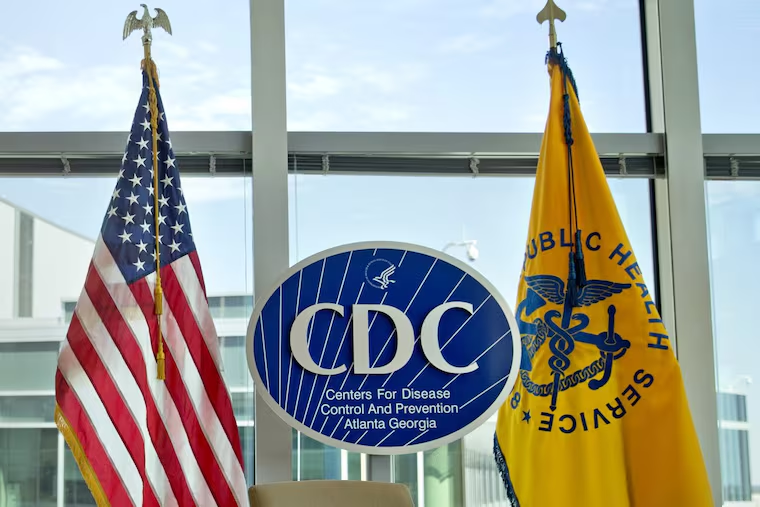The stimulant epidemic: Why our worries should go beyond opioids | Opinion
A CDC report published earlier this month highlights that stimulant-involved overdoses across all demographic groups have increased dramatically, nearly doubling between 2015 (12,500) and 2017 (24,275).

Every day over 130 Americans die from opioid overdose, according to the Centers for Disease Control and Prevention.
Going relatively unnoticed is the rapid rise in overdose deaths from stimulants, including cocaine and amphetamines.
An acute observer might identify that adulterated stimulants are part of the growing trend of the “synthetic phase” of the opioid epidemic – but this fails to tell the whole story.
A CDC report published last month highlights that stimulant-involved overdoses across all demographic groups have increased dramatically, nearly doubling between 2015 (12,500) and 2017 (24,275).
Overall, 19.8 percent of overdose deaths involved cocaine and 14.7 percent involved other stimulants in 2017. There was opioid co-involvement in 72.7 percent of cocaine and 50.4 percent of stimulant-involved overdose deaths. This was largely driven by synthetic opioids such as fentanyl. However, stimulant-involved overdose without opioid co-involvement is also increasing. A similar trend can be found in our own backyard.
Philadelphia knows this problem all too well. Overdose deaths involving methamphetamines and cocaine rose in both 2016 and 2017. The data assimilates with national charts, with even more disturbing trends.
A recent report on commercially insured individuals found an increase of 60 percent in stimulant usage among adults (ages 20-64) between 2010 and 2014. In Philadelphia, sales of prescription amphetamines increased 617 percent between 2000 and 2017. Yet, individuals have a low perceived risk of prescription stimulant misuse.
There are also few treatment options for stimulant-use disorder. There are several safe and effective medications to treat opioid-use disorders, but no FDA-approved medication currently exists to treat stimulant-use disorder or reverse a stimulant overdose. That leaves the medical and public health communities underprepared to address a stimulant epidemic.
Historical trends in substance use provide further warning signs. The first nationwide drug epidemic began with opioids around the time of the Civil War. This epidemic overlapped with and was quickly followed by a cocaine epidemic in the late 19th and early 20th centuries. (For reference, this was the time period of Sigmund Freud and the founding of Coca-Cola.) Similarly, the heroin epidemic of the 1970s was followed by the powder and crack cocaine epidemic of the 1980s.
Both these time periods were similar to today: The culmination of an extended period of war marked by an opioid epidemic followed by an increase in stimulant use.
We must remain vigilant of substance use beyond opioids. Both historical and current trends present a clear warning that an underlying stimulant epidemic may be emerging for which we are potentially ill-equipped to respond.
The time is now to begin focusing on prevention and response strategies that address rising stimulant use. While resources are stretched thin in our efforts to curb drug overdose, failure to address this emerging crisis now may lead to more complicated effort in the coming years.
Matt Miclette is a senior policy consultant at NeuroFlow, a Philadelphia-based mental health technology company.